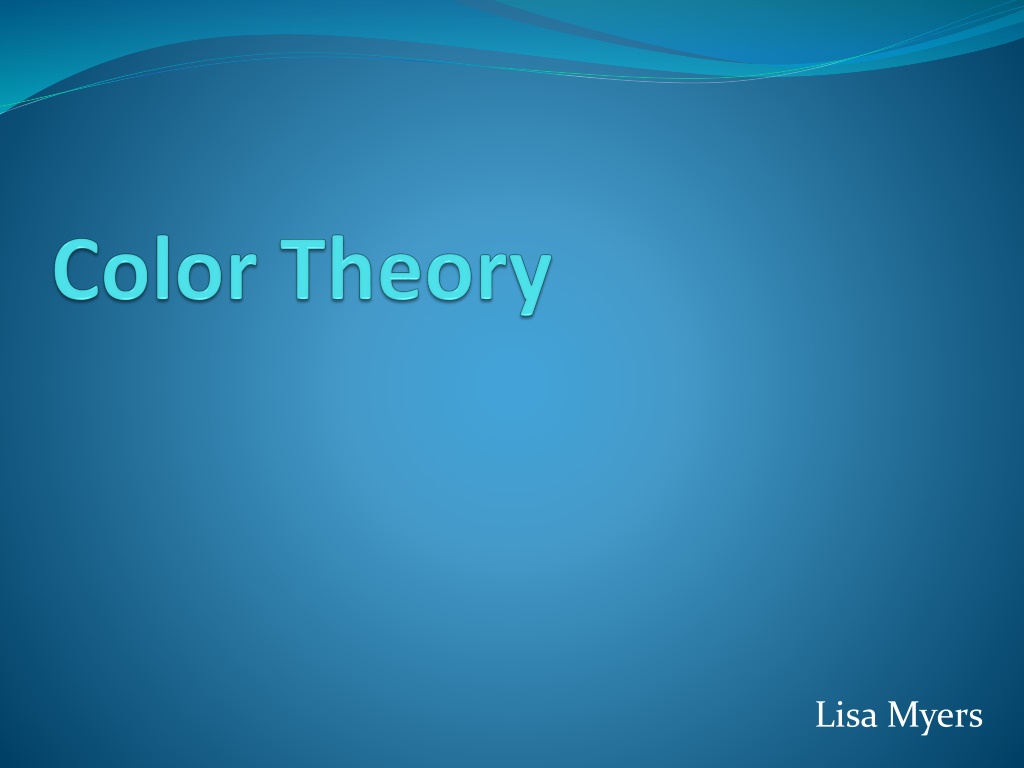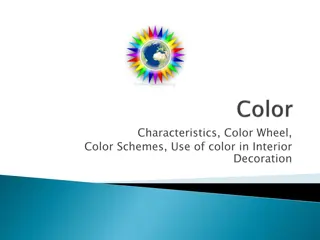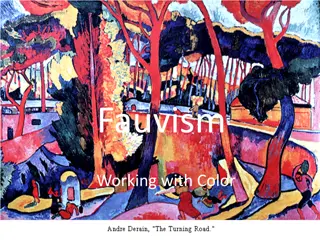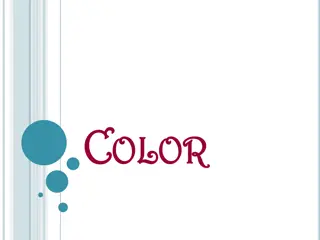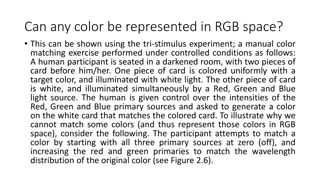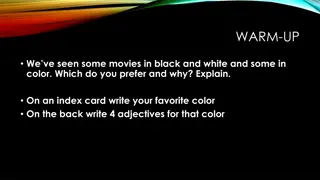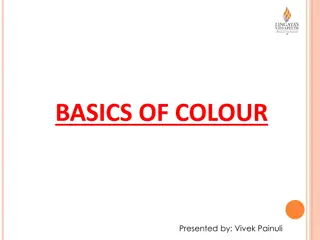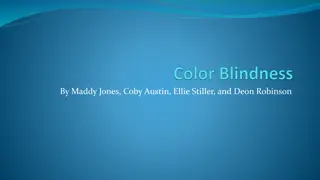Understanding Color Theory: A Comprehensive Guide
Practical guidance on color theory including the color wheel, color schemes, and color psychology. Learn about the importance of utilizing various color schemes like monochromatic, complementary, and analogous to create effective designs. Understand how different colors convey meanings and emotions in Western culture, influencing the perception and interaction with websites and designs.
Download Presentation

Please find below an Image/Link to download the presentation.
The content on the website is provided AS IS for your information and personal use only. It may not be sold, licensed, or shared on other websites without obtaining consent from the author. Download presentation by click this link. If you encounter any issues during the download, it is possible that the publisher has removed the file from their server.
E N D
Presentation Transcript
What is Color Theory? Quick definition: practical guidance regarding the effective use of color Three key pieces to understand in color theory: Color wheel Color schemes (how colors are used together); also called color harmony Color psychology (or the meanings that colors convey and responses they elicit from individuals) Image from www.pelfusion.com
Color Wheel Color Wheel contains primary colors (red, blue, and yellow); secondary colors (orange, green, and purple; created by mixing primary colors); and tertiary colors (blue-green, yellow-orange, etc.; created by mixing a primary and secondary color) Image from www.pelfusion.com
Important Color Schemes Monochromatic: different shades of one color (e.g. dark and light orange); simple and harmonious
Important Color Schemes cont Complementary: colors located across from each other on the color wheel (e.g. blue and orange); provides strong contrast
Important Color Schemes cont Analogous: colors located next to each other on the color wheel (e.g. orange and yellow); good for simple designs that don t need strong contrast
Color Psychology Colors have various meanings and associations in different cultures In western culture, cool colors (blue, green, purple) can represent calmness, peacefulness, and trustworthiness; warm colors (red, orange, yellow) can represent energy, passion, cheerfulness, creativity A stern, professional website likely draw on cool colors, whereas site wanting to convey a sense of fun or creativity would likely choose a warm color
Color Psychology cont More professional with blue and grey; wants you to trust them and use their services Design website; wants to convey creativity and suggest that designing with them can be fun
Color Psychology cont Bright colors are good for children s websites Colors such as green, sky blue, brown, and yellow are often reminiscent of the earth and nature
Why Color Theory Matters Understanding color theory and having a good color scheme are key for achieving your goals in designing a website: Chaotic or clashing colors look unprofessional and can hamper readability: University Mall Theatres (site uses too many bright colors with no apparent color scheme; text is often difficult to read against the background)
Why Color Theory Matters cont Colors can trigger various emotions and other responses from individuals; designers should know how to wisely choose colors in order to increase chances of getting desired response from audience Color can help draw attention to or show the relation of certain items on a webpage
